I Refused to Choose Which Grandchildren to Love
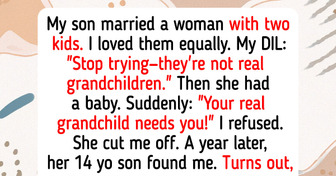
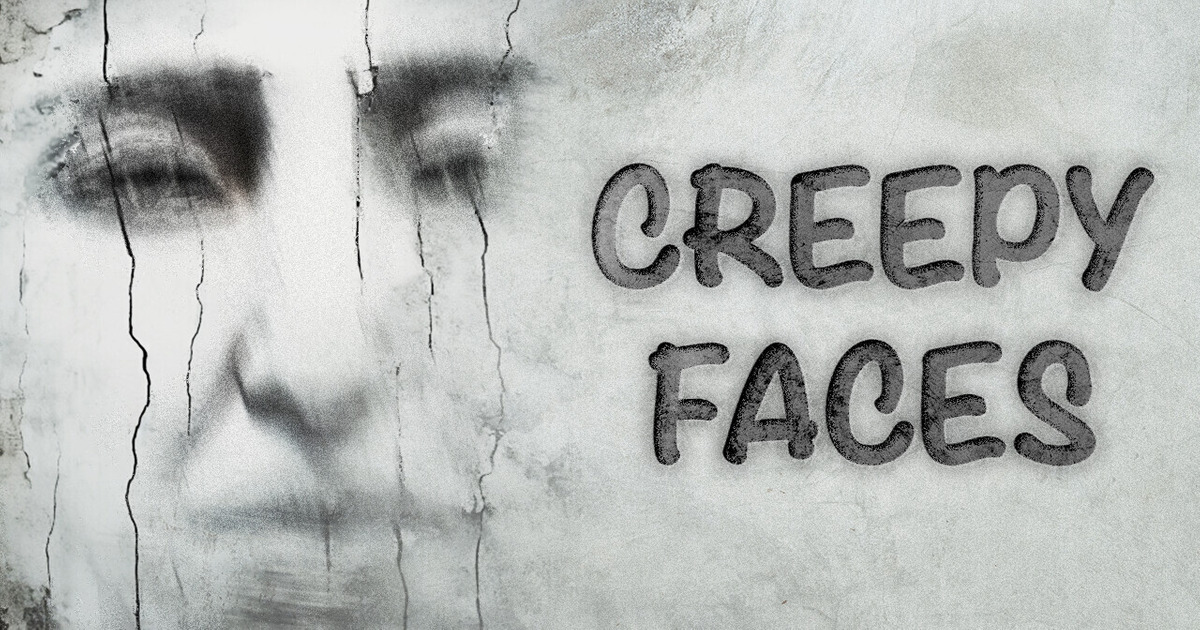
You want to explore new places, but sometimes all you get in return is fake publicity or wasted ticket money. Do you think tourist traps are worth seeing just for the sake of imagination? Make up your mind after hearing these 7 examples.
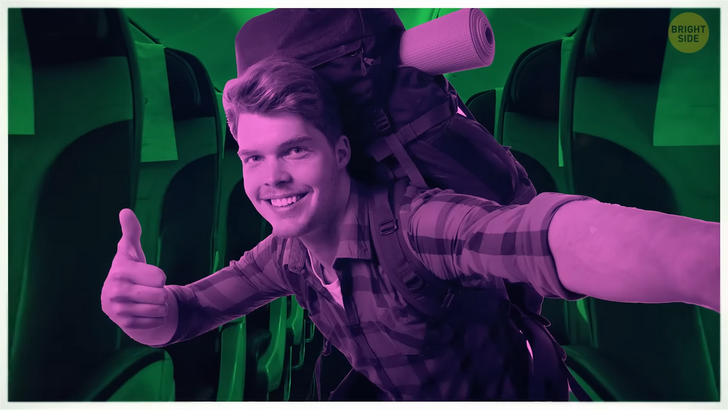
Let’s travel back in time to the year 1971. Imagine you live in a quiet town in Spain. All the houses have white walls, and the roads are stone-paved. You’re asleep, but then you hear a neighbor screaming. What could’ve happened on this pleasant August morning in a quiet town like this? You get to your neighbor’s house and see the already gathered crowd. The residents of the house claim that images of faces suddenly appeared on the house floor. This is how the famous story of Bélmez [bel-MESS] Faces begins.
The family said that they tried to destroy the face several times, but they kept appearing. This became a huge deal among people, and they started thinking that there was a paranormal phenomenon related to the house. The house became famous, and hundreds of tourists began to visit it. In fact, it was advertised to people as “La Casa de las Caras”, “The House of the Faces.”
For the next 3 decades, the family claimed that faces continued to appear. Faces vary by gender, shape, size, and even facial expression. Some people believe that the family found a way to make the faces, and with the fame of the hoax, they gain attention. Some others believe that the family is telling the truth and there’s something supernatural involved, but what about scientific facts?
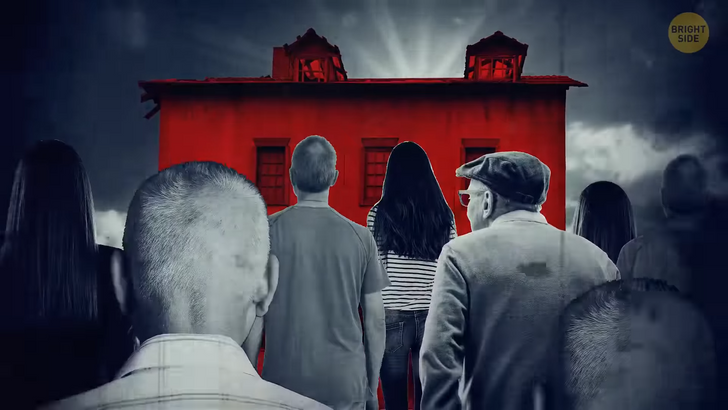
Investigations and research have been done through the years. Researchers took samples from the concrete walls to apply some tests on the samples. One research concluded the faces were added with pigmentation. Yet, another research made in 1990 declared that there were no traces of paint found. To sum up, 3 main things could “make” these faces. It might be related to the substances that affect the structure of cement, products that keep the cement in place, and lastly, the pigments used in resins. These major explanations prove that there’s nothing paranormal happening at the house.
They look like human faces that’s for sure, but what if our brains somehow connect the dots to make them resemble human faces? Sometimes you look at an everyday object and see faces too. For example, a plug could look like a smiling face. This is related to us being human. The phenomenon is called “facial pareidolia.” Scientists say that we see faces in everyday objects because our brains are accustomed to processing objects for emotional expression.
Some places became tourist attractions due to people’s curiosity about alleged paranormal stuff. Yet, there are some places in the world that have no relation to supernatural things, but they’re still popular. For example, Juliet’s balcony. This balcony is in the Italian city of Verona. You can see the balcony of an old brick building from the small square. Is this really Juliet’s balcony? Well, no.
You know, Juliet Capulet aka Giulietta Capuleti is a fictional character. Suppose you are a Shakespeare fan and want to see what it would look like to visit a place where Romeo and Juliet would look at each other at night. Then this place is for you. Many people seem to be fond of this idea. This spot is among Verona’s most visited tourist locations. “To see or not to see” this place is up to you.
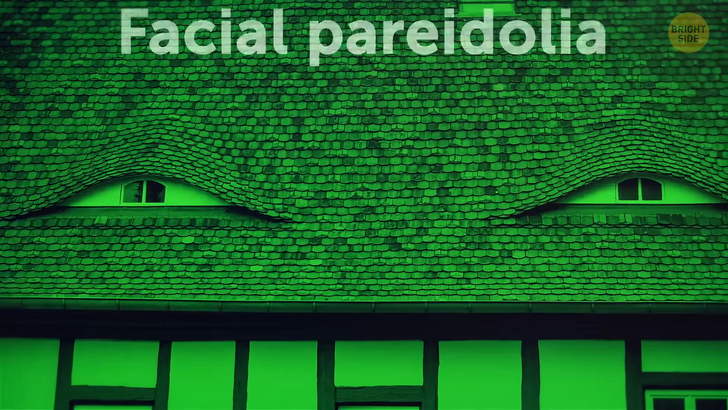
Let’s travel to Sri Lanka from Italy. Yeah, this one is gonna be a long trip. On the country’s southern coast, fishers used to fish with wooden stilts embedded in the seafloor. This system was designed by the locals there and used for many years. They had access to deeper waters without having to move with boats. Yet, fishers had to abandon this way of fishing after 2004 due to a natural disaster.
Many fishers with stilts had to move to the inner parts of the country to search for work. Then how come tourists still see fishers with wooden stilts on Siri Lanka’s southern coast? These people aren’t really fishing. Instead, they are posing. Tourists take pictures, and in return, fishers get tipped. If you want to see fishers using this method, you still have a chance. A few of them are fishing with stilts on the less crowded coasts.
Number 4 is Bran Castle from Romania. This castle is famous for being home to one of the most “lively” figures of literature, Count Dracula... The castle’s depiction in the book fits with this castle’s appearance. Yet again, Bram Stoker’s Dracula is a fictional character. Sorry to keep bringing this realistic side up. Dracula’s castle depicted in the book is based upon the Bran Castle.
According to the castle’s website, let alone see the castle, the writer didn’t even visit Romania. The writer did research this castle, though. Bran Castle offers you its historical roots and may give you reasons to pay a visit! This 14th-century castle makes you think that everything you’ve heard about vampires might be true. It’s surrounded by beautiful natural scenery. It has full of old rooms, tunnels, and more. Maybe you can place count Dracula’s coffin in a room in your imagination.
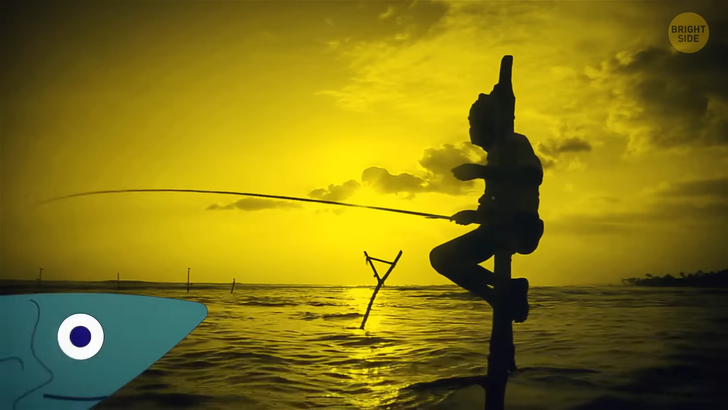
I’ll admit, this one is a pretty cleverly created tourist attraction. In this place, the locals decided to turn their entire village into a tourist hub. Guess what? They nailed it. In the peak season, thousands of people visit this place. I’m talking about Sleepy Hallow. Of course, you won’t come across Headless Horseman here, but you’ll be welcomed by a spooky atmosphere.
The idea of converting Sleepy Hallow into an uncanny town for tourists came up in the mid-90s. The town was used to call North Tarrytown in 1883. However, hundreds of people lose their jobs in the town. They looked for a cure, and instead of migrating to another place, they rebranded their town.
The part of this railway gets famous due to an epic movie. The Bridge on the River Kwai movie was made in 1957. It was shot in some historical setting of the construction of the Burma Railway. The bridge there is kind of a fake tourist attraction, though. The Burma Railway never actually passed through Thailand’s River Kwai. Instead, It crossed the Mae Klong River.
The bridge referred to in the movie was actually in the River Kwai. It was very successful both in the eyes of the audience and the critics. So people started looking for the bridge. The government seized the opportunity and made a simple move. They renamed the section of the Mae Klong River. I mean, technically, the bridge’s location is wrong, but this is still a site with strong historical importance. The environment is also marvelously beautiful and is definitely worth visiting.
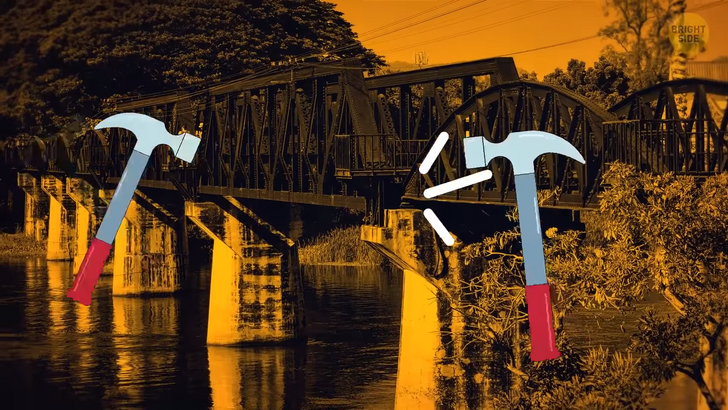
Shangri-La is known as a mystical citadel, but a myth surrounds it. Zhongdian was a Chinese city, and it was renamed Shangri-La in 2001 by the officials. They wanted to attract more tourists. Why would tourists visit there? Well, Shangri-La was a utopian settlement named in James Hilton’s novel Lost Horizon.
The book was published in 1933. The place is faking to be a fictional settlement, but overall the area is quite cool. There are massive Tibetan-style houses built on the skirts of the Himalayan countryside. There you could see yaks graze and eagles fly. If you wanna learn more about Tibetan culture, this could be your gem.
Here comes a bonus related to Sherlock Holmes. It might be a mystery he left, or he simply wanted to mislead us. The Sherlock Holmes Museum dedicated to him in London wasn’t his home. Yes, again, he is a fictional character, but the book address is 221B Baker Street, and the real address of the building is 239 Baker Street. Plus, from the time that the books were printed, the building numbers on Baker Street only went up to the 100s, not 200s. Do you recall any other tourist traps? Comment below!











